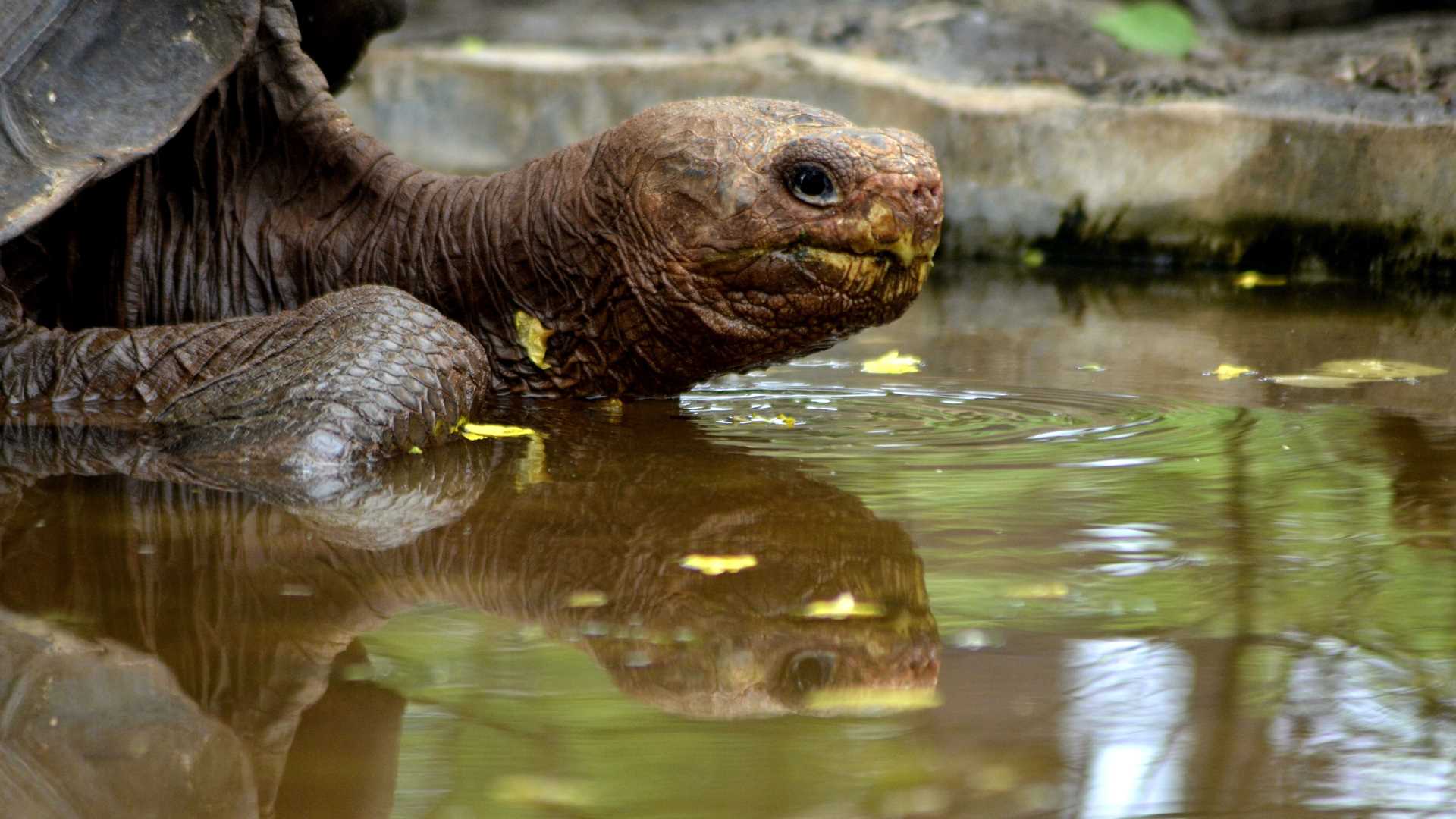Today we woke up at Academy Bay, located on the southeast of Santa Cruz Island. Here, we visited the Charles Darwin Research Station, where we learned about the breeding program of endangered giant tortoises. We also got the chance to experience some local flavor with a stop at “El Trapiche,” a sugarcane press operated by one family since the 1960s. In the afternoon, we went to an excursion to the Santa Cruz highlands, where we could observe giant tortoises on their migration route. It was an amazing to see these huge animals up close and in their natural habitat. Before returning to the ship, some guests explored the main town, Puerto Ayora, and came back with souvenirs. Other guests enjoyed an exhibition organized by local artisans in the ship’s Global Gallery.
6/13/2025
Read
National Geographic Endeavour II
Genovesa Island
We started the day with excitement as we landed on the beautiful, pristine coast of Isla Genovesa - a true birder’s dream. Along the sandy beaches and steep cliffs of Darwin Bay, we were surrounded by an incredible array of birdlife. Frigatebirds soared closely overhead with their red pouches on full display, while Nazca and blue-footed boobies nested along the rocky ledges. Swallow-tailed gulls called out as we walked past. In the distance, we saw the stoic and elusive short-eared owl. The island was alive with color, sound, and constant movement. Between our excursions to Isla Genovesa, we snorkeled near Prince Philip’s Steps and discovered a vibrant world beneath the waves. Schools of fish swirled around us, a fur seal turned in the water as if dancing on cue, and sea lions relaxed nearby. As our last snorkeling adventure came to a close, we spotted a sea turtle resting calmly in a crevice. As the sun retreated into the sky on our last return to National Geographic Endeavor II, we reflected on the sheer magnitude of what we witnessed on our last full day. Isla Genovesa, like the other islands, gave us a connection to a sacred world. The harmony between land, sea, and sky reminded us how deeply interconnected, vital, and fragile these ecosystems are. Watching birds tend to their nests and marine life swim effortlessly, we were struck by how little space there is between wonder and reverence. We recognized that our journey wasn’t just about observing unique wildlife, it was about feeling part of something grander and beautifully ancient.







